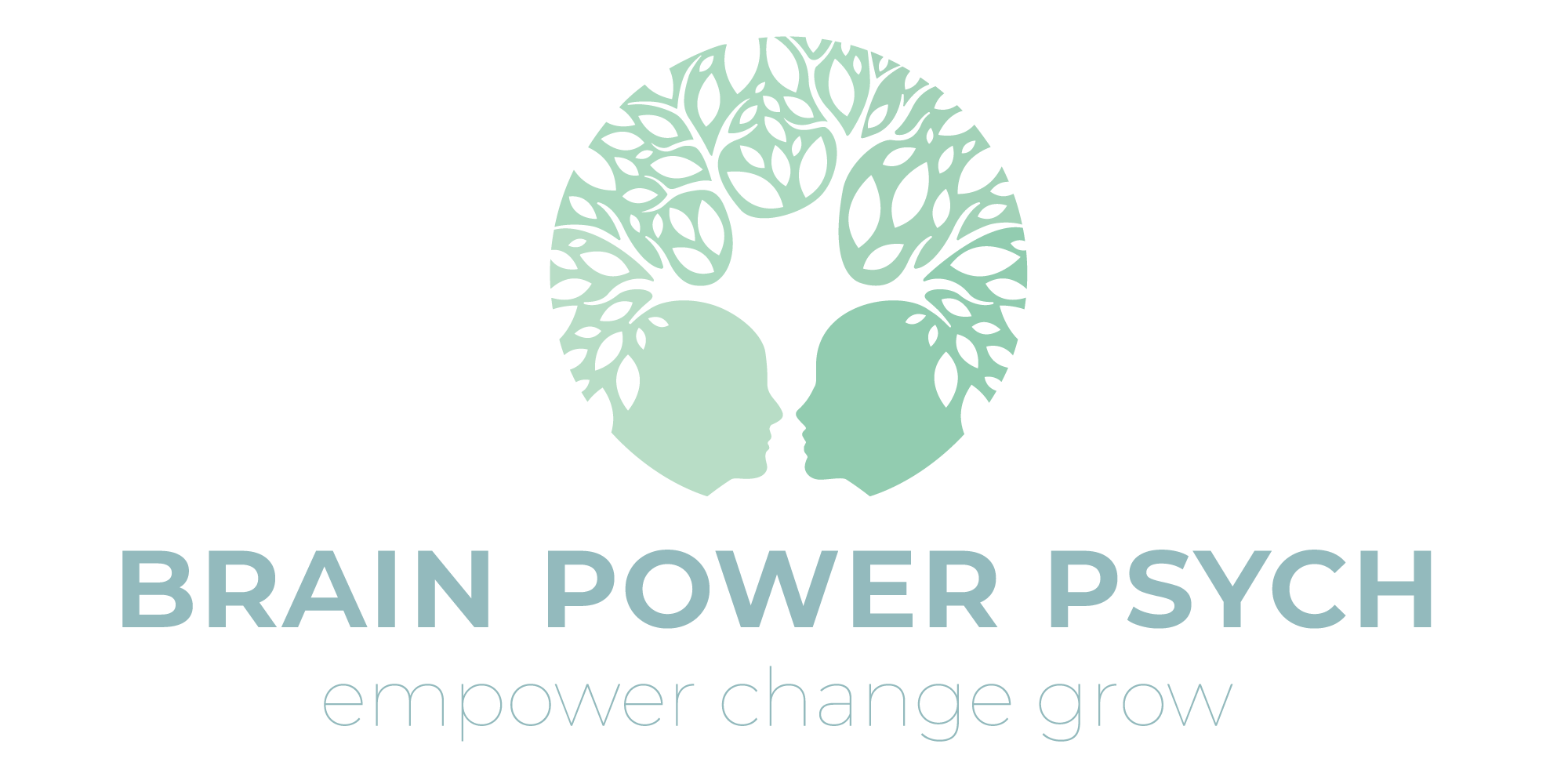It appears that summer is coming to an end as we transition back to the daily reality. The summer marks an end for fun and games for most of us. However that transition back to the fall, can be difficult for some of us. Here are some helpful tips to assist with the transition.
1. Changes to Daylight. Naturally, we see a shift with the amount of available light during the summer months. As we approach the fall season, it is notability getting darker sooner than before. This can impact a lot of things such as sleep and completion of certain activities. Therefore, it would be helpful to plan ahead for these adjustments early on so that there is a smooth transition between waking hours and sleeping hours.
2. Time Management. In addition the changes in natural light being less available, we want to be mindful of our time to complete certain tasks. Something to consider rather it be work related items, homework, extracurricular activities, running errands or social gathering, planning ahead assists with this overall transition of being productive and not feeling rushed or limited to do tasks.
3. Planning ahead. In addition to time management skills, being able to plan ahead is critical to assist with being successful. This can be as simple as what clothes to wear to work or school or prepping packed meals to take with you. This planning will assist with taking away the guessing game and saves you more time in the long run. Therefore, taking those time management skills and applying them really helps with managing those potential stressful times when getting ready to start your day.
4. Setting a routine or schedule. Taking into consideration of time, the more that we practice awareness of management of our time, the easier it would be to set intentions when it comes to scheduling and reestablishing routines. Creating a set routine provides relief by allowing us to have a space to be able to work on certain agenda items with ease. This action limits distractions and improves focus, attention, and concentration which in terms reduces mental and physical stress.
5. Balancing work and wellness. Taking into account your daily schedule, it can be overwhelming when you realize the amount of work on your to do list. One way to tackle that demanding list, would be to balance it. This means taking the time to consider the amount of time it will be take to complete the task besides just scheduling it on the calendar. In addition to task items, it is vital that we include times to eat meals and mental and physical breaks. Taking some time away to reset is helpful away to juggle the requests that life has for us.
6. Transition to sleep time. As our day winds down, it important to reduce activity that stimulate energy during the transition of relaxation and sleeping behaviors. The type of increased engagement includes the use of technology or eating and drinking substances with caffeine. Having a set nightly routine assists with sleeping behaviors. Remember that sleep is not a luxury, it is necessary for sustaining overall wellness and health.
